5 Tricks for Crossdressers to Achieve Smooth Skin
Most of us have a lot of body hair, but some crossdressers have rusty knowledge and skills in hair removal. Some shave twice a day, unaware that some techniques offer permanent results. Thus giving you smooth skin
For a long time, I’ve had a love-hate relationship with removing hair.
I’m passionate about having silky smooth skin, yet, I found it difficult dealing with anything that slowed down my mornings or left me with prickly skin and sometimes cuts and bruises.
To perfect my art, I researched and found some of the best solutions to remove my hair and common mistakes to avoid.
Common techniques such as waxing, using epilators, and hair removal creams can be very effective when used appropriately.
I’m going to share five hair-removing methods and explain how one can achieve silky smooth feminine skin.
TABLE OF CONTENTS
Smooth Skin-What you must know before hair removal
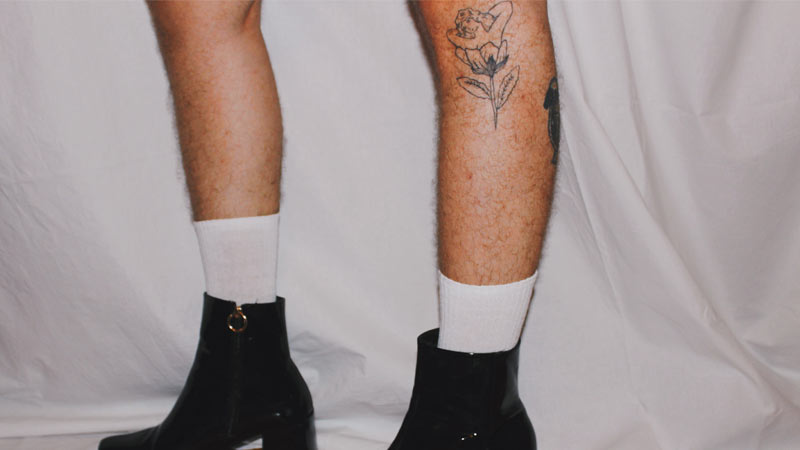
Like most folks, I was excited to start my hair-removing journey—I badly wanted to experience some of the benefits.
I was tired of wearing a pair of nylons and pantyhose to cover my legs’ hair.
I also wanted to wear sexy sleeveless tops and raise my arms without showing my quite ‘ugly’ armpits.
After starting my hair removal journey, I discovered that the process is not as easy as I had initially thought; it takes some hard work and, sometimes, some tears.
Also, I gradually displaced some assumptions.
In some cases, I got less than what I had bargained for.
1. Smooth Skin-Shaving with a hair scraper
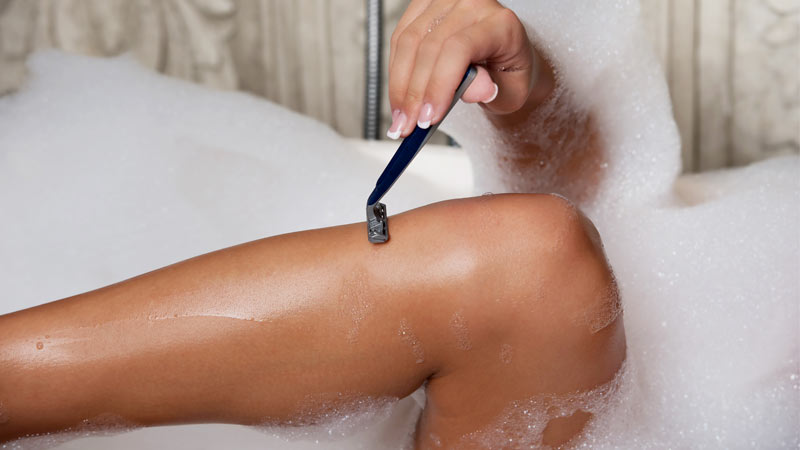
Shaving with a hair scraper was my first experience with hair removal.
It’s also the quickest way to get rid of hair.
It cuts the hair from the skin’s surface.
I learned that it doesn’t make the hair shaft thicker or darker, contrary to popular assumption.
It also does not affect the rate at which hair grows.
However, it causes hair to grow back with blunt tips instead of natural, tapered tips, making hair appear unnatural.
It can also cause ingrown hairs, which occur when clipped strands coil back into the skin rather than growing outside.
To avoid such issues, dermatologists suggest soaking the hair.
Also, to make hair removal more manageable, they recommend shaving in the direction of hair growth and lathering up beforehand.
Steps of shaving
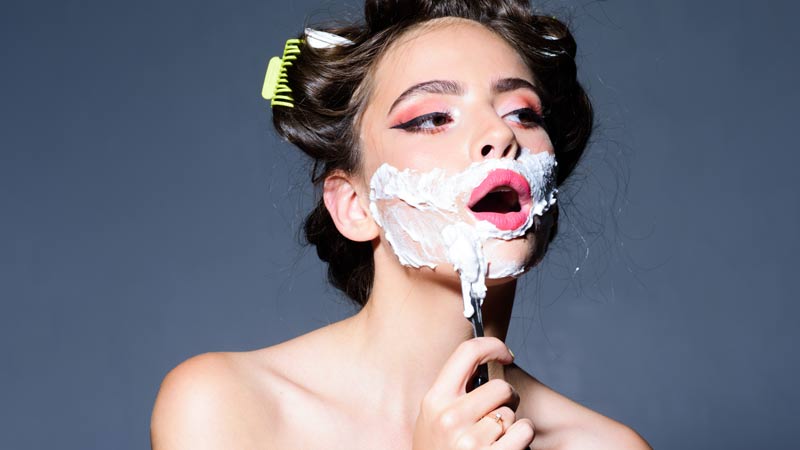
Step 1. Starts by soaking the skin with warm water for a few minutes in the shower or bath.
Step 2. Applying shaving gel, and making short, steady strokes with a sharp razor blade. The process needs to be fast and gentle to avoid injuring the skin.
Step 3. After shaving, clean the skin with excess water, wipe it dry, and apply a moisturizer such as petroleum jelly or aloe vera gel.
Wet shaving with a sharp razor can be used on any part of the body, but it’s most effective on the legs, armpits, arms, and back.
If the goal is to preserve smooth skin, shave every two to four days in the shower or bath.
2. Smooth Skin-Hair removal cream
Also known as depilatories, hair removal creams temporarily remove unwanted hair from the body and face.
Unlike hair scrapers, which remove hair at the surface level, they penetrate through and to the hair follicle.
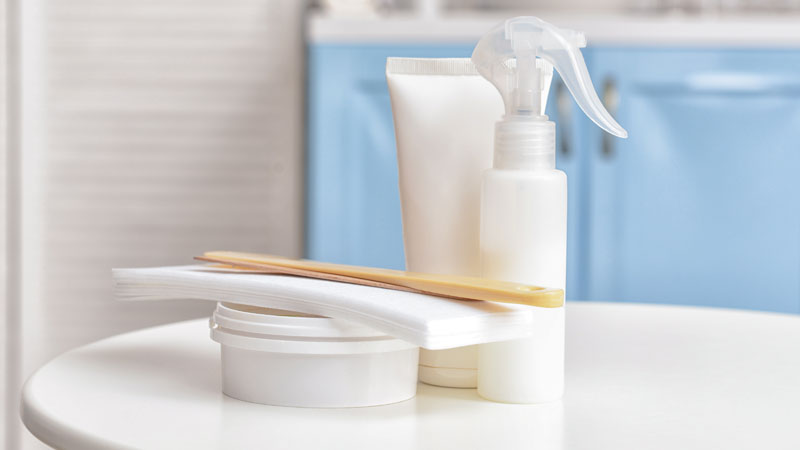
They are incredibly effective in their work and are used on different body surfaces.
However, they shouldn’t be used close to the eyes, nose, and genitals because they’re chemicals.
Indeed, that’s how I used to get nasty chemical burns.
If you’re new to this, don’t be alarmed, they’re much more straightforward to use.
Hair-removing creams are alkaline-based solid products, and when placed on unwanted hair, they break it down into a jelly-like substance that can be wiped off easily.
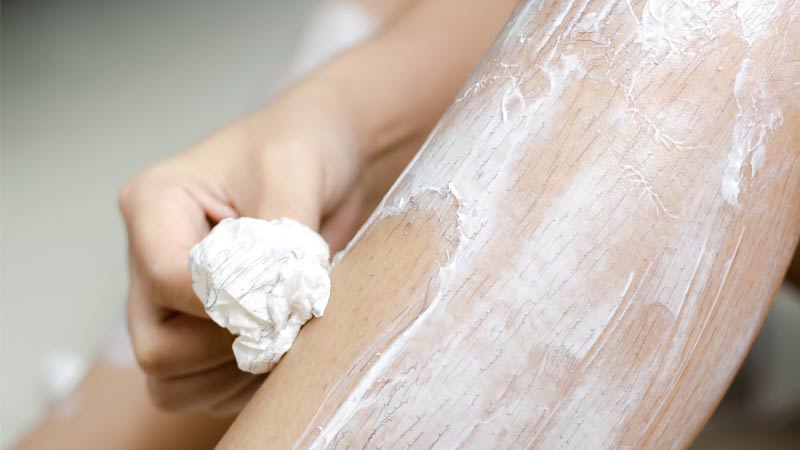
Procedure
Step 1. Start by reading the warnings and instructions thoroughly.
Step 2. Apply the cream on the unwanted hair and wait to feel a sensation—a normal tingle is okay, but a burn can indicate that the skin is allergic, too sensitive, or the cream has been left on for too long.
Step 3. After the manufacturer’s recommended time has elapsed—usually between five to 10 minutes, use a blunt object, a microfiber material, or a dampened towel to remove the hair.
Step 4. Apply an alkaline lotion to soothe the skin, especially when it’s feeling too sensitive.
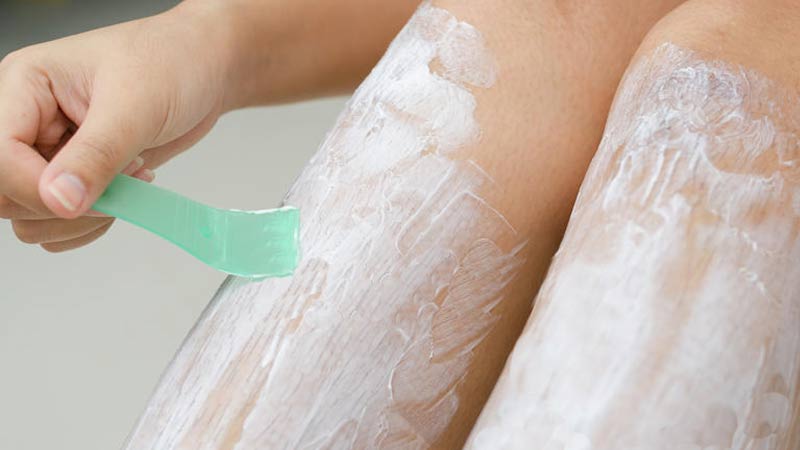
Benefits
Some of their benefits, which I experienced firsthand, include being fast and easy to use.
There’s no particular skill needed in their application.
Once I applied the cream on my skin surface, I waited for approximately 10 minutes—for a small zone—and wiped it off.
These creams also come with specific instructions for cross-referencing purposes.
They are relatively cheap and long-lasting when compared to shaving.
One can find them almost at every drugstore.
Because they penetrate deep into the hair follicles, the skin always remains smoother for longer.
Also, as opposed to the somewhat rougher edges that come from shaving, my hair grew back with tapered ends—which are much softer when I used these creams.
Downsides
These creams cannot be used in all body areas, including the nose, ears, and the area close to the genitals.
Their strong chemicals can harm the skin. So I recommend searching for consumer reviews before purchasing.
Also, substitute hair removal methods should be considered for vulnerable skin – one that has sunburns, open wood, and skin conditions such as acne vulgaris, dermatitis, eczema, or psoriasis.
I also found out that these creams may increase the skin’s sensitivity to the sun, causing sunburns.
For this reason, dermatologists recommend using skin protection after use.
3. Smooth Skin-Waxing hair removing

Waxing is one of the safest and most economical ways of removing unwanted.
There are generally two methods involved—cold and hot waxing.
They both entail wax application on the skin and its subsequent removal.
While they’re both effective, I recommend using hot wax on thick hair.
Procedure
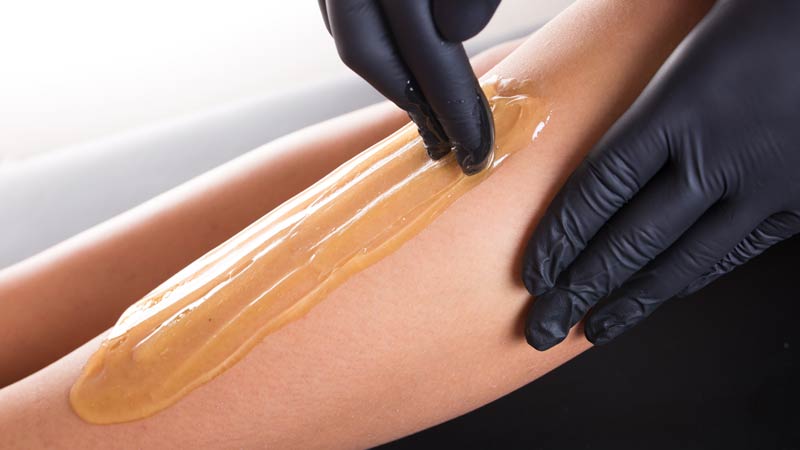
Step 1. For removing the hair, start by placing a couple of teaspoons of wax in a double boiler—for covering a significant portion of hair, a couple of teaspoons may not be enough. After the wax has melted, cooled off – but not entirely, just the right temperature— and begins to solidify, apply it to the unwanted hair.
Step 2. Be sure to give the wax sufficient time to cool before applying it to the skin to avoid getting burnt. To know if it’s ready for application, apply a small amount inside the wrist and see if it feels hot.
Step 3. Like in almost all hair-removal techniques, it is crucial to know the direction of hair growth. For effective results, always apply in the direction of hair growth. Wait until it cools off entirely and hardens. Then, grab one of its corners in the opposite direction of the hair growth and pull it off.
Step 4. End the process by applying a moisturizer.
Important tips
Based on a particular study, For the technique to be effective, always exfoliate a day or two before the appointment.
Also, refraining from applying lotion on the appointment day gives great results.
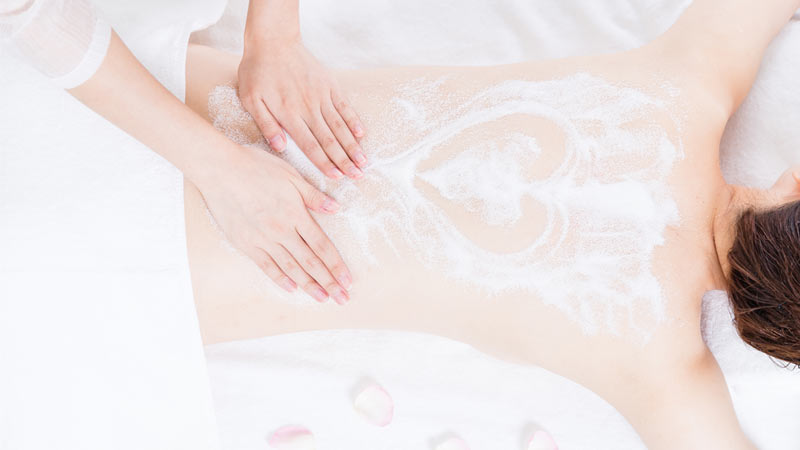
Most people with many hair follicles experience more pain than others.
This is especially so when yanking out the hair around the most sensitive areas, such as close to your genitals.
Some people have reported injuring their skin surfaces.
So, if you’ve never waxed before, I suggest looking for a professional.
Also, during my initial appointment, I used to take a prescribed painkiller to lessen the pain.
This helps, especially if you’re anxious about the pain.
Also, because waxing can cause skin infections, remember to always follow the aftercare advice.
Mixing honey with the wax often helps, but you still need to use antibacterial skin lotion, if necessary, for days.
Benefits
Don’t be intimidated by the procedure; wax hair removal always has the best results —soft silky-smooth skin.
Also, hair won’t grow back anytime soon; it lasts for about six weeks.
Further, another study showed that men who waxed their backs before the laser hair removal procedure had better outcomes than their counterparts.
4. Smooth Skin-Hair removing apparatus

Among the different hair-removing apparatuses, I prefer epilators.
These are specific electrical devices created to remove hair.
They have special plates that pull hair from the roots and can therefore be very painful — I call them instruments of torture.
Boys with heavy body hair, many hair follicles, and coarse sweat hair will particularly endure more pain.
However, the results are perfect.
They work on the principle of synchronous oncoming movement.
Their several discs interact closely, capturing hair and tearing out of the root.
Because they have a multi-point system, they remove even the most petite hair.
These devices typically have different modes of speed.
The first mode is for removing relatively long and thin hair, and therefore it’s rather slow.
Most experts recommend using the first speed when dealing with small and fragile hair.
The second mode has more frequent tweaks—it is faster.
It’s designed for removing long and strong hair.
How to use epilators
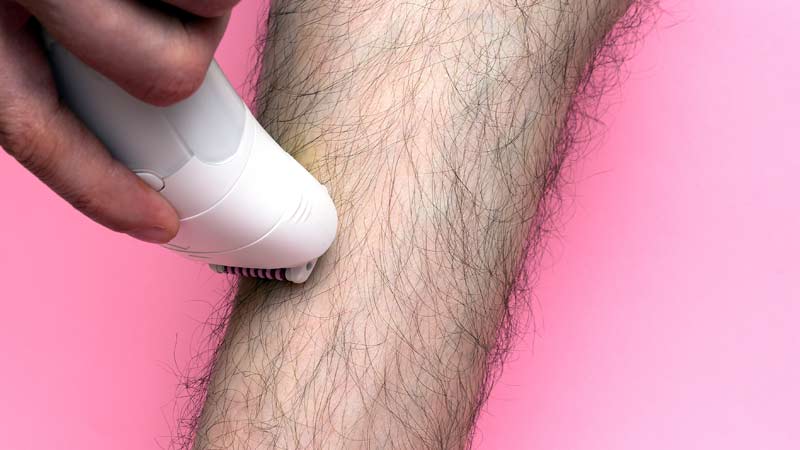
In general, the epilator uses the same principle as waxing—removing hair from its roots.
For best results, I always start by exfoliating my skin to remove dead skin cells and prevent ingrown hairs.
I then position my epilator at a 90-degree angle to my skin and hold it loosely against it.
I subsequently pull my skin taut and then move the epilator slowly toward my hair growth.
Note that an epilator should not be moved in the opposite direction of hair growth because, while it will cut the hair, it won’t pluck it from the root.
Benefits
I’ve always bargained between the pain and the resulting smoother and long-lasting results—up to four weeks.
Although painful to use, the rewards are always good.
I mean, they cannot be compared with other hair-removing methods such as shaving, tweezing, or depilatory creams.
These devices are also suitable for shorter hairs.
Using wax on short hair is not practical because it pushes down the short hairs against the skin.
As such, the hair doesn’t come out from its roots during the removal process.
Important tips
While all epilators are designed for thick and soft hair, there’s a significant distinction between those designed for different hair textures.
I realized that not all advertised products give the best results.
So it’s best if you buy epilators for specific purposes.
Suppose your goal is to remove heavy facial or pubic hair.
In that case, I recommend buying epilators having more robust motors and more tweezer heads.
5. Smooth Skin-Laser hair removal
I reached a point where I got tired of all the shaving, waxing, and tweezing to remove unwanted hair.
Using wax hurt and left red marks on my skin.
On the other hand, depilatories consumed so much of my time. I eventually decided to go for laser hair treatment, although I was skeptical at first.
Procedure
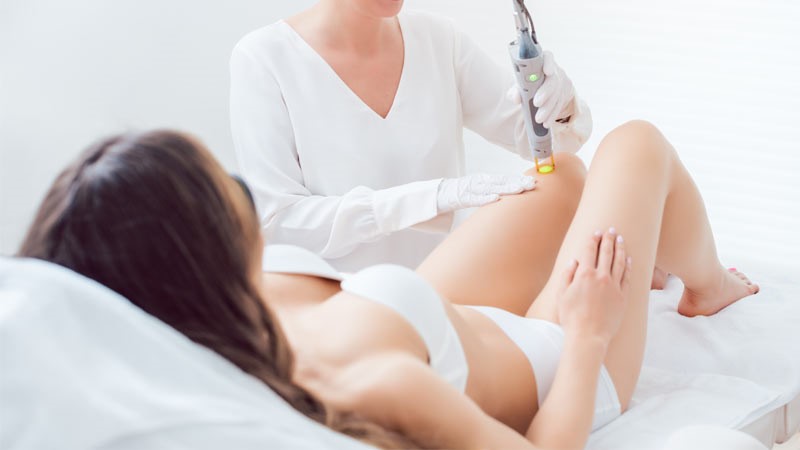
The procedure takes about 30 minutes for every treatment, and at most, you’ll need eight procedures.
In general, most men opt for laser hair treatment to remove upper arms, chest, armpit, and back hair.
It can be used for thinning out hair if one doesn’t want a complete removal.
While the average man requires five to seven sessions, more hair will grow significantly in the back with age.
Therefore, touch-up procedures might be needed at least once every year.
However, if you’re on hormonal therapy, this shouldn’t be an issue.
Your hair growth will gradually reduce with time.
Smooth Skin-Benefits
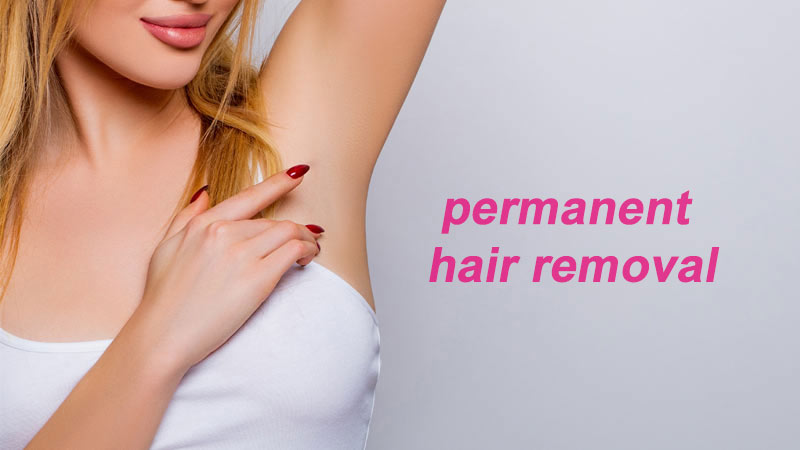
Not having to constantly shave my skin has come with some visible benefits—a younger-looking silky-smooth skin.
I no longer have razor cuts or red marks.
The procedure is also precise. It can selectively target dark and coarse hairs.
It’s also fast. It can treat many hairs simultaneously.
At first, I was shocked with how much time it took to remove hair on my upper lip—less than a minute.
Lastly, the procedure is predictable. I reported permanent hair loss in some areas after three sessions.
Side effects
I would be lying if I said it’s all glitz and glam—there are some nasty side effects.
I first experienced swelling, redness, and discomfort.
The swelling was especially visible on my upper lip.
I walked around looking like I had been punched.
Other adverse effects that other people have reported include blistering, infections, herpes simplex outbreaks, skin darkening, lightening, and scarring.
With time, the skin may revert to normal. However, in some cases, patients report permanent changes to their skin color.
That’s why it’s critical to find a medical practitioner with in-depth knowledge and expertise in laser treatment and skin issues.
It’s also essential to follow before and after-treatment instructions from dermatologists to minimize the risk of these effects.
How to prepare for the treatment

Before going for the treatment, I limited waxing and plucking techniques for about five weeks because these procedures remove hair roots, which are the core targets for laser treatments.
I also avoided the sun because it makes the process less effective and increases the risks of after-treatment complications.
Moreover, I did thorough research about the best service providers.
I realized that the technician and the equipment could make a very significant difference.
Cost
Although this hair removal technique is generally expensive, the prices vary depending on the service procedure and the coverage.
I paid lower for my underarms, which also required fewer treatments—around three.
My legs were more expensive due to the extra skin area that needs to be lasered.
In high-end beauty treatment centers, the procedure can cost up to $50,000.
Smooth Skin-FAQ about hair removal
Will hair removal prevent sweat glands from sweating?

Hair removal doesn’t prevent sweat glands from sweating.
I still sweated. However, my odor decreased.
I’m not so much into deodorants—perhaps one of the reasons why I noticed a change in my odor.
In general, underarm hair usually traps body odor scent.
As such, removing it reduces the amount of odor that gets trapped under the arms.
Also, soap absorbs better through the skin in a shaved underarm.
So, it’s safe to say, that removing hair from my underarms made me fresher.
Will hair removal get thicker and thicker?
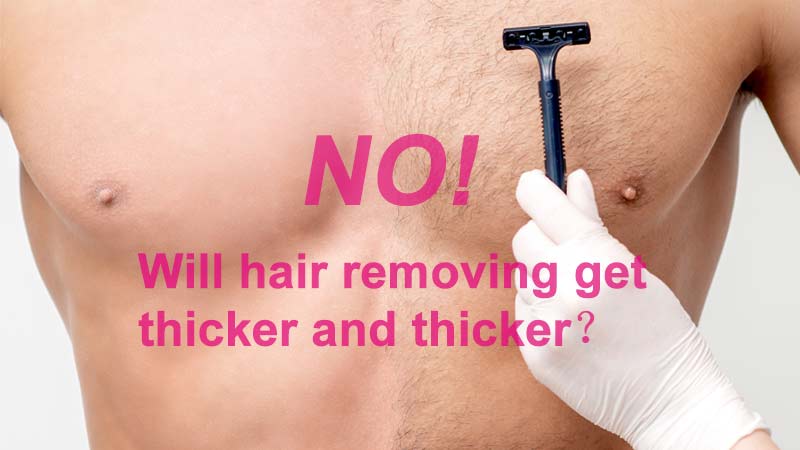
Secondly, removing hair doesn’t change the thickness, rate of growth or color of hair.
Some treatments cause hair thinning—such as waxing and laser treatment.
However, shaving creates a blunt end that feels coarse.
As the hair grows back, it may appear thicker and darker, but, it’s not.
Can hair removal be done at any time?
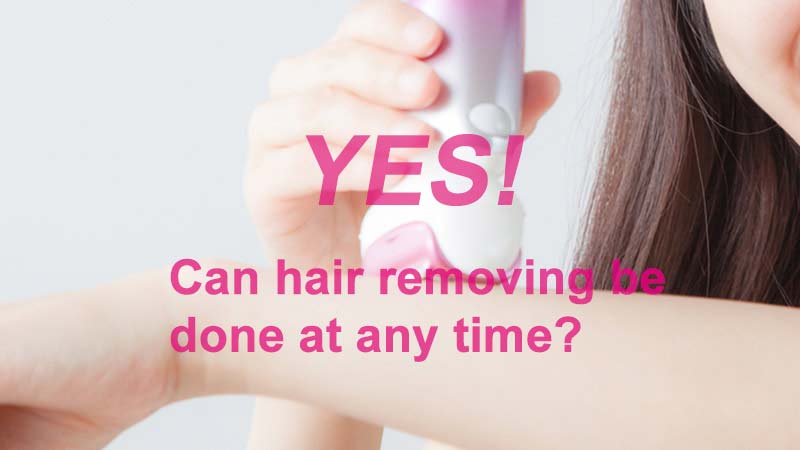
Hair removal can be done at any time, depending on the procedure one uses.
The more complex the process, the less frequently it will be done—laser hair treatments are less regular than other techniques.
Shaving can be done anywhere at any time. However, note that the skin needs to be healthy for any technique to be effective.
The lengths to which the crossdresser and transgender communities have gone to cover up hair are pretty remarkable, from using nylons and pantyhose to covering leg hairs to shaving and currently going for laser treatments.
I’m not saying these initial methods are obsolete; no, that’s far from the truth.
Every method has its upsides and downsides, including the esteemed laser technique.
But it feels good having a variety of choices.
So, here’s what we have: shaving, creams, wax, epilators, and lasers.
Remember, they all require us to adhere to certain rules.
For instance, we need to exfoliate with waxing and perhaps take a painkiller pill before the procedure.
If we desire silky smooth feminine skin, we should consider one of these procedures.
Undoubtedly, they require time and dedication—we may need to skip one or two lunch dates if necessary.
Yet, the results are often rewarding.
Tagged With:Epilation for Crossdressers , Smooth Crossdresser
- How to Achieve a More Feminine Body: The Ultimate Femboy Fitness Guide
- What Piercings Enhance Feminine Expression for MTF Crossdressers
- 8 Tips for Crossdressers to Get a More Feminine Body Without Hormones
- How to Make Your Boobs Bigger Without Surgery: A Guide for MTF Crossdressers
- 7 Easy Ways to Level Up Your Sexy Femboy Beauty Routine Instantly
- Bouncy Breasts 101: Tricks Every Crossdresser Should Know
- How to be a Trans Femboy Influencer in 2024
- 7 Easy Ways to Level Up Your Sexy Femboy Beauty Routine Instantly
- How to Make a Fake Pregnant Belly Look Real: Tips for Every Trimester
- Game On: Sporty Tips for Crossdressers Attending the 2024 Olympics
- How to Pose for Lewd Cosplay Photos for Crossdressers
- How to Explore Crossdresser Bondage Safely and Sensually
Established in 2009, We are a recognized manufacturer and seller of professional crossdressing products.
It is our aim to become not just the most creative manufacturer but also a very considerate seller, as we provide the best quality products for crossdressers all around the world.







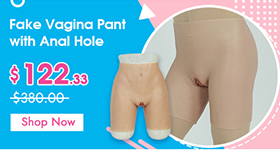







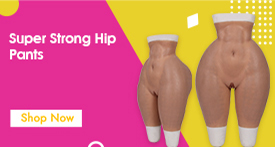
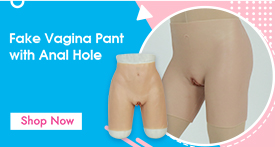

 Breast Forms
Breast Forms  Body Suit
Body Suit  Realistic Mask
Realistic Mask  Femini Girdle
Femini Girdle Hip & Butt Enhancement (8)
Hip & Butt Enhancement (8) Penis Prosthesis
Penis Prosthesis Fake Muscle
Fake Muscle Bikini
Bikini  Wig
Wig  Corsets
Corsets Course
Course service@roanyer.com
service@roanyer.com +8618652200711
+8618652200711 Facebook
Facebook YouTube
YouTube Twitter
Twitter Instagram
Instagram




